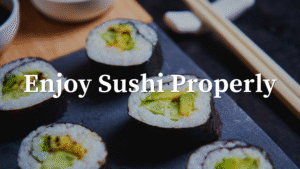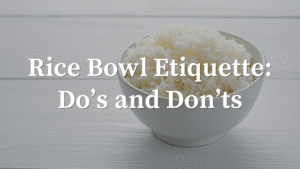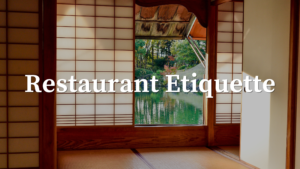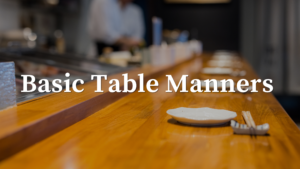Chopsticks are a daily part of dining in Japan — not just tools, but part of a culture that values care, cleanliness, and respect.
Here are some simple do’s and don’ts to help you use chopsticks confidently and politely during your time in Japan.
✅ Do’s: What You Can Do
1. Use the opposite end when sharing food
When sharing dishes with others, it’s polite to use the opposite end of your chopsticks — the part you haven’t eaten from.
This small gesture reflects Japan’s strong value on cleanliness and thoughtfulness at the table.
2. Rest chopsticks on a chopstick holder
When you’re not using your chopsticks, place them neatly on a chopstick rest or on the edge of your plate — never directly on the table.
3. Focus on cleanliness, not perfection
You don’t need a perfect grip, but try to avoid touching non-food surfaces with the tips. A clean and mindful approach is always appreciated.
🚫 Don’ts: What to Avoid
1. Avoid standing chopsticks upright in rice
Placing chopsticks vertically in a bowl of rice resembles a funeral ritual in Japan and can be seen as inappropriate.
Instead, rest them beside the bowl or on a chopstick rest when not in use.
2. Don’t pass food directly chopstick-to-chopstick
This action is also linked to funeral customs. If you want to offer food to someone, use a shared utensil or the back end of your chopsticks.
3. Avoid digging or stabbing food
Try not to poke or search through dishes with your chopsticks — it can look messy and rude. Instead, gently pick up what you’d like to eat.
4. Don’t use chopsticks to pull dishes toward you
It’s best to use your hands to move plates or bowls closer. Pulling items toward you with chopsticks can come off as careless or even disrespectful.
By learning just a few of these customs, you’ll not only feel more confident while eating in Japan — you’ll also show care for the culture around you.
Chopsticks are more than just utensils. They’re a way to connect through respect and mindfulness.







